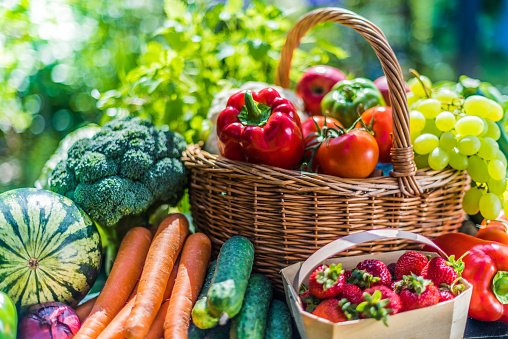



Article by: Hari Yellina
Officials in the agricultural community have been swamped with requests for comment from a variety of well-intentioned media attempting to make a link between the recent disastrous rain and flood event in Queensland and NSW and rising fresh produce prices for customers over the last week. They are of the opinion that the effect in the grocery aisle should be negligible because the crops grown in the hardest hit areas are also grown in other parts of Australia, that the markets are national in scale, and that production is spread far and wide because they need to sell newspapers and advertising space. To summarise, it’s rare that a single natural calamity will have such a devastating impact on the horticultural business, a single crop, or the entire world.
The high prices paid for bananas in 2011 following Cyclone Yasi, which devastated both Innisfail and Tully, where up to three-quarters of Australia’s bananas are farmed, is a notable example that illustrates the concept. This isn’t to suggest that fresh product costs shouldn’t be higher right now, or that they shouldn’t continue to rise. Growers are grappling with record prices for farm inputs, according to a recent report by AUSVEG, the national peak organisation for the vegetable industry, but there is virtually no movement on pricing at the farm gate and retail level.
Growers will continue to suffer the brunt of global trade conditions, absorbing growing chemical, fertiliser, fuel, lumber, and labour prices with little price relief from customers. According to the study, the price of critical agricultural inputs such as fertiliser and fuel has climbed by 110 percent on average over the last two years. Vegetable farmers’ firms are experiencing a 25-40% increase in their cost base, whereas various horticulture businesses have different production costs. Consumers have paid only 7.5 percent more for a basket of the most common vegetables, such as carrots, potato, lettuce, and broccoli, over the same period, whereas other agricultural commodities such as wheat, cattle, and milk have increased by 39, 136, and 22 percent, respectively.
There is a need to create a dialogue with customers. If the nation wants to keep Australia’s horticultural industry strong and viable, it needs to raise fresh product pricing. Growcom also joins AUSVEG in urging retailers and buyers to ensure that farmgate prices received by growers better reflect the current economic context, ensuring growers’ financial survival.